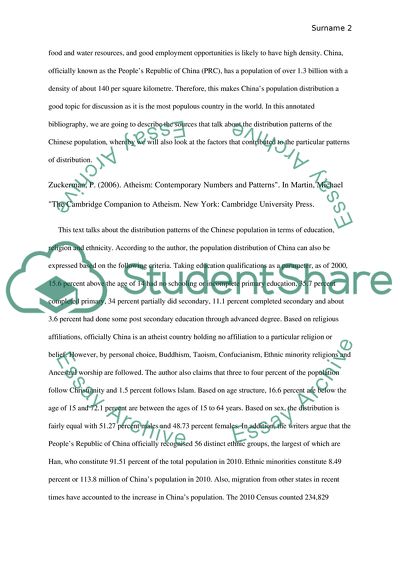Cite this document
(Population Distribution of China Annotated Bibliography, n.d.)
Population Distribution of China Annotated Bibliography. https://studentshare.org/geography/1773988-population-distribution-of-china
Population Distribution of China Annotated Bibliography. https://studentshare.org/geography/1773988-population-distribution-of-china
(Population Distribution of China Annotated Bibliography)
Population Distribution of China Annotated Bibliography. https://studentshare.org/geography/1773988-population-distribution-of-china.
Population Distribution of China Annotated Bibliography. https://studentshare.org/geography/1773988-population-distribution-of-china.
“Population Distribution of China Annotated Bibliography”. https://studentshare.org/geography/1773988-population-distribution-of-china.


